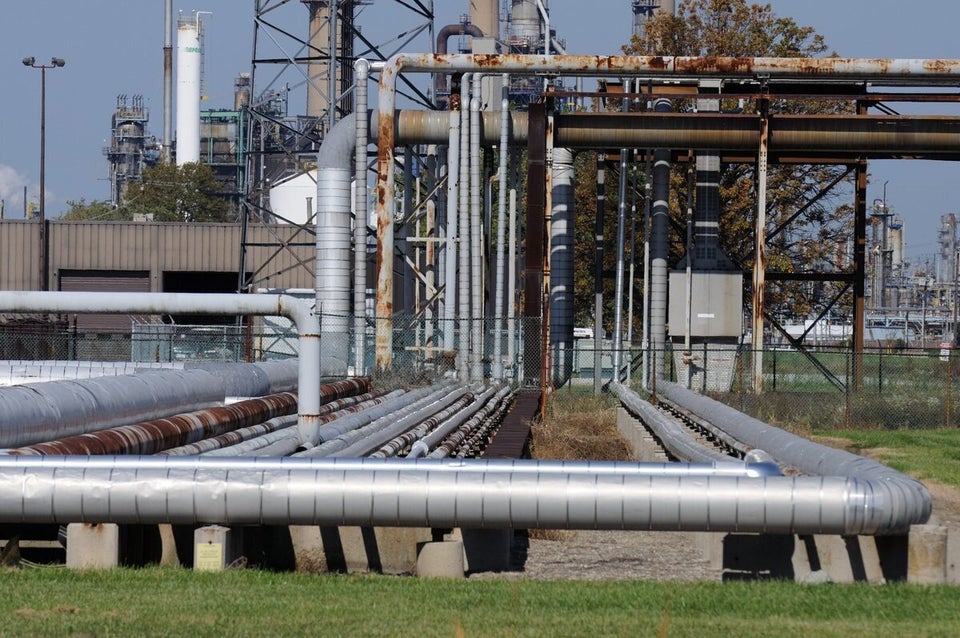Last week, the governments of Quebec and Ontario imposed seven conditions on the Energy East pipeline project. Among them was a condition that the pipeline receive a "full environmental assessment that looks at impact of the project on greenhouse gas emissions". While one would think that the first consideration for building new fossil fuel infrastructure is the climate impact, the Canadian government has abdicated their responsibility to act on climate, so (unfortunately) this is a big deal.
These conditions impose the first mandated "climate test" on a tar sands pipeline in Canada, the same sort of test that United States President Barack Obama placed on the Keystone XL. Until now, no pipeline projects in Canada have ever faced this kind of scrutiny, but now Energy East is facing two provincial climate tests. The NDP, Green Party and over 60,000 people have also publicly called for the National Energy Board to include climate in it's review of Energy East.
Alberta and Saskatchewan Premiers Jim Prentice and Brad Wall responded to the conditions with frustrations that climate change considerations are becoming "unnecessary barriers" to pipelines. They also cynically attempted to argue that the climate impact Energy East lies in the physical pipeline itself, not why the pipeline is going to built -- to facilitate tar sands expansion.
The idea that a tar sands pipeline's climate impact lies in the physical pipe and not the fossil fuel development it is needed to expand is ridiculous, but it's also telling. Prentice and Wall's position is based in a simple truth, that this pipeline cannot pass a climate test, and here's why.
1. The tar sands needs Energy East to expand.
With pipeline expansion facing fierce opposition and unlikely futures to the west and south, Energy East was once considered the last, best chance for a pipeline to the coast that could facilitate tar sands expansion. Now that future is becoming bleaker by the day as local opposition steadily grows. Simply put, tar sands expansion requires new pipelines, and despite their claims, oil by rail is not a feasible replacement.
2. The climate impact of Energy East is massive.
Energy East is the largest tar sands pipeline ever proposed. It would facilitate an additional 650,000 to 750,000 barrels per day of tar sands production. This would mean up to 32 million tonnes of carbon emissions each year, the same as adding 7 million new cars to Canadian roads and a larger footprint than the entire province of Nova Scotia. This is without including the emissions from burning the oil itself, which spikes these numbers even farther. Ontario and Quebec have made big strides in terms of regional climate policies, and building Energy East would undermine these. In fact, Energy East's climate impact would completely undermine the emissions reductions from Ontario's coal phase out.
3. Tar Sands growth is incompatible with climate action.
The tar sands are Canada's fastest growing source of climate emissions and the main reason that Canada is slated to miss it's own climate targets. In fact, the tar sands themselves are on track to have higher emissions than any single province by 2020 (they already have higher emissions than 85 countries combined).
With the Intergovermental Panel of Climate Change calling for a dramatic shift away from fossil fuels and a need to completely phase out fossil fuel energy in the coming decades, projects like Energy East need to face a climate test. In the absence of federal leadership on this, and with the National Energy Board running from it's responsibility to review pipelines in full, Ontario and Quebec's test can lead the way. This can only happen if their test is a strong, complete and robust review of the upstream climate impacts of Energy East, and that is a climate test that Energy East will fail.
ALSO ON HUFFPOST:
